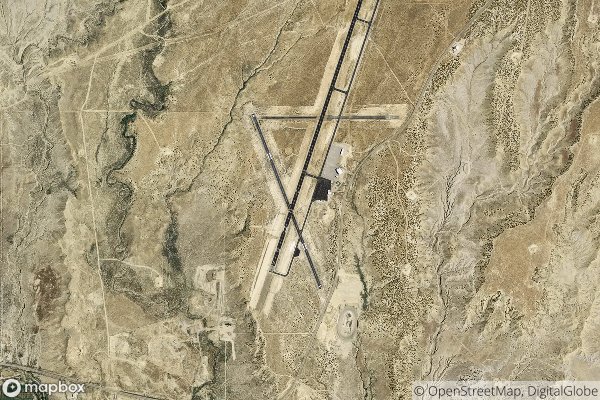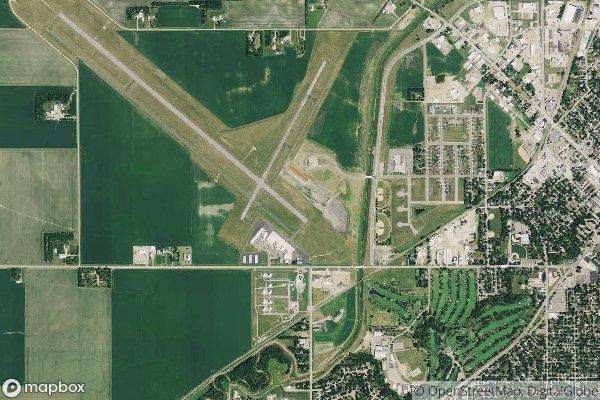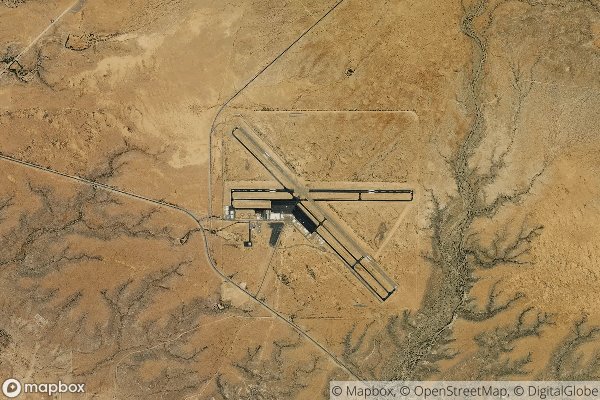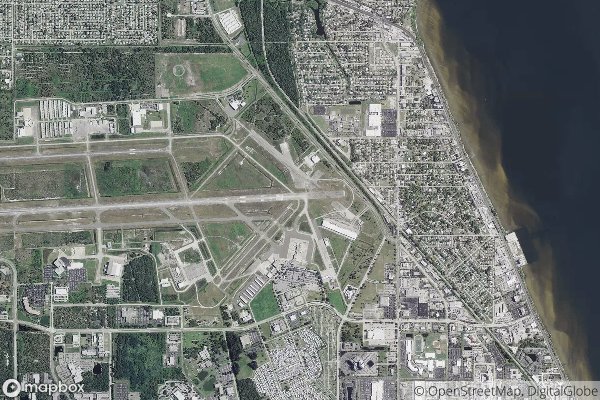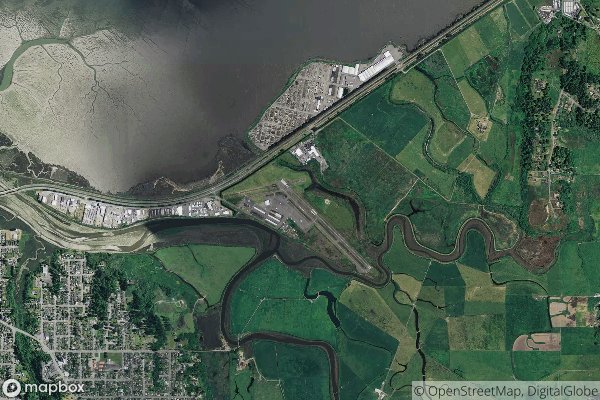| Code | BJC/KBJC |
| Name | Rocky Mountain Metropolitan Airport |
| Location | Broomfield, Colorado, USA |
| Distance from Downtown | 20 miles (32 km) northwest of Denver |
- See here the complete List Of All Airports In United States with Codes.
Understanding BJC/KBJC Airport Code (Structure of Airport Codes, Challenges and Confusions)
When it comes to airport codes, they can often be a source of confusion for travelers. BJC, also known as KBJC, is the airport code for the Rocky Mountain Metropolitan Airport in Broomfield, Colorado. Understanding the structure and significance of airport codes can help alleviate some of the challenges and confusions associated with them.
Decoding Airport Code
Airport codes are typically three-letter identifiers assigned to airports around the world. These codes are used for a variety of purposes, including flight tracking, baggage handling, and airline reservations. The first letter of the code often corresponds to the city or region of the airport, while the remaining two letters are specific to the airport itself.
BJC, or KBJC, follows this standard structure. The “BJC” portion of the code represents the airport’s location in Broomfield, while the “K” prefix is a holdover from the early days of aviation when radio technology was used to identify airports. It is important for travelers to understand that the same airport can have multiple codes, such as the case with BJC and KBJC.
Operational Significance
The BJC/KBJC airport code plays a crucial role in the day-to-day operations of aviation. Pilots use these codes for navigation and communication, air traffic controllers rely on them for directing aircraft, and airlines use them for scheduling and operational purposes. Understanding and correctly interpreting an airport code is essential for safe and efficient travel.
History of Airport Codes
The history of airport codes dates back to the early 1930s when the International Air Transport Association (IATA) established a standardized system for identifying airports. This system became known as the IATA airport code. Over time, the International Civil Aviation Organization (ICAO) also developed its own coding system, known as the ICAO airport code to be used by air traffic control and airline operations.
In addition to serving operational purposes, airport codes have also become embedded in popular culture, often being used as shorthand references for airports in movies, television shows, and literature. They have become a familiar part of the travel experience for many people.
In conclusion, understanding the structure and significance of airport codes, including the BJC/KBJC code, can help alleviate some of the challenges and confusions associated with air travel. By recognizing the operational significance and historical background of airport codes, travelers can gain a better understanding of the role these codes play in the aviation industry.
